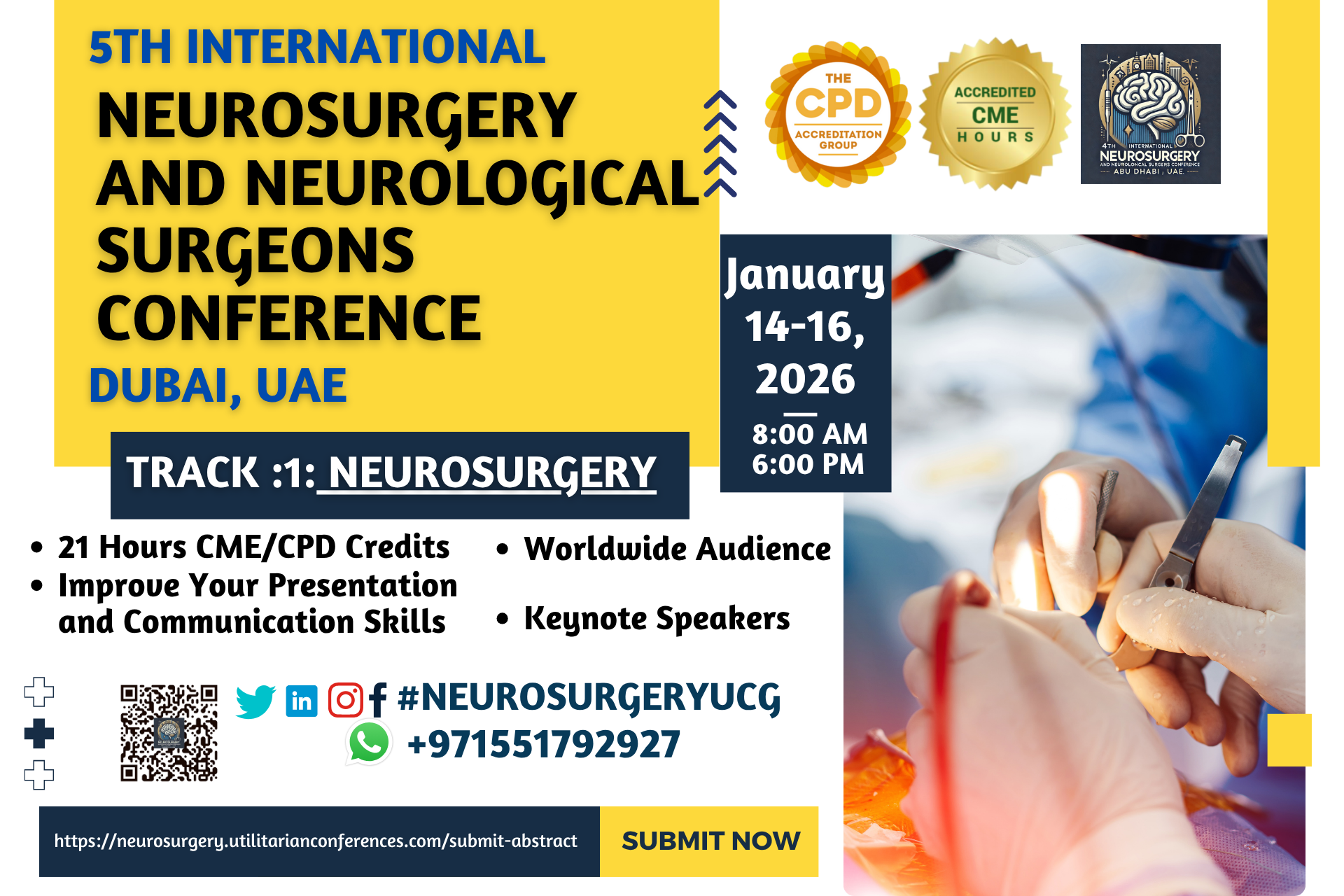Patient Safety Solutions: Neurosurgical Innovation and Patents in Patient Safety Solutions are critical in advancing the field of neurosurgery and improving patient outcomes. By fostering innovation, neurosurgeons can develop and implement cutting-edge technologies, devices, and techniques that enhance safety, precision, and the overall quality of care for patients. Additionally, securing patents for these innovations ensures intellectual property protection, which incentivizes further advancements in the field. Below is a breakdown of how neurosurgical innovation and patents contribute to patient safety solutions:
Key Aspects of Patient Safety Solutions:
Key Aspects of Patient Safety Solutions in Neurosurgical Innovation and Patents focus on the development and integration of cutting-edge technologies, processes, and frameworks that enhance the safety, precision, and quality of care in neurosurgery. These aspects not only drive forward the field through innovation but also ensure that new technologies are safe and effective for patient use. Below are the key components:
- Checklists and Protocols:
- Surgical Safety Checklists: Used to ensure that all necessary steps are taken before, during, and after surgery to prevent errors like wrong-site surgery or retained instruments.
- Medication Administration Protocols: Standardized procedures for safely administering medications, including double-checking doses and verifying patient identities.
- Risk Assessment Tools:
- Fall Risk Assessment Scales: Tools like the Morse Fall Scale, used to evaluate a patient’s risk of falling and implement preventive measures.
- Pressure Ulcer Risk Assessment (e.g., Braden Scale): Assessing a patient's risk of developing pressure ulcers and taking steps to prevent them.
- Electronic Health Records (EHR):
- Decision Support Systems: Integrated into EHRs, these tools provide alerts and reminders to healthcare providers, such as drug interaction warnings or vaccination reminders.
- Patient Data Management: EHRs ensure that patient information is accurately recorded and easily accessible, reducing errors due to miscommunication.
- Incident Reporting Systems:
- Error and Near-Miss Reporting: Tools that allow healthcare professionals to report incidents confidentially, enabling the healthcare organization to learn from mistakes and implement improvements.
- Root Cause Analysis Tools: Used to investigate adverse events and determine the underlying causes to prevent future occurrences.
- Communication Tools:
- SBAR (Situation, Background, Assessment, Recommendation): A structured communication method that ensures clear and concise information exchange among healthcare providers.
- Handover Tools: Templates and checklists used during the transfer of patient care between providers or departments to ensure continuity of care.
- Training and Simulation:
- Simulation Labs: Virtual or physical environments where healthcare professionals can practice procedures and response to emergency scenarios without risking patient safety.
- Patient Safety Training Modules: Online or in-person training programs that educate healthcare workers on best practices for patient safety.
- Monitoring and Surveillance Tools:
- Infection Control Monitoring Systems: Software that tracks and reports on infection rates within healthcare facilities, helping to identify outbreaks early and implement control measures.
- Vital Signs Monitoring: Advanced monitoring equipment that alerts healthcare staff to changes in a patient’s condition, allowing for timely intervention.
Importance of Patient Safety Tools:
- The Importance of Patient Safety Tools in Neurosurgical Innovation and Patents lies in their ability to foster the development and implementation of cutting-edge technologies that protect patients, enhance surgical outcomes, and improve the overall quality of care. Patient safety is paramount in neurosurgery due to the complexity of the procedures, the delicate nature of the tissues involved, and the potential for serious complications. Innovations in neurosurgery, when coupled with robust patient safety tools, play a crucial role in minimizing risks and improving outcomes. Below are key aspects highlighting the importance of these tools:
Tools and Solutions for Patient Safety in Neurosurgical Innovation and Patents: Tools and Solutions for Patient Safety in Neurosurgical Innovation and Patents offer substantial benefits to both patients and healthcare providers. These innovations lead to improved surgical precision, reduced complications, better post-operative recovery, and ultimately enhanced outcomes. By leveraging cutting-edge technologies, the field of neurosurgery is transforming, making procedures safer and more effective for patients. Below are some key tools and solutions, alongside their associated benefits in patient safety:, such as pneumonia or surgical site infections, may be less common in medical settings with stringent sanitation and sanitization regulations.





